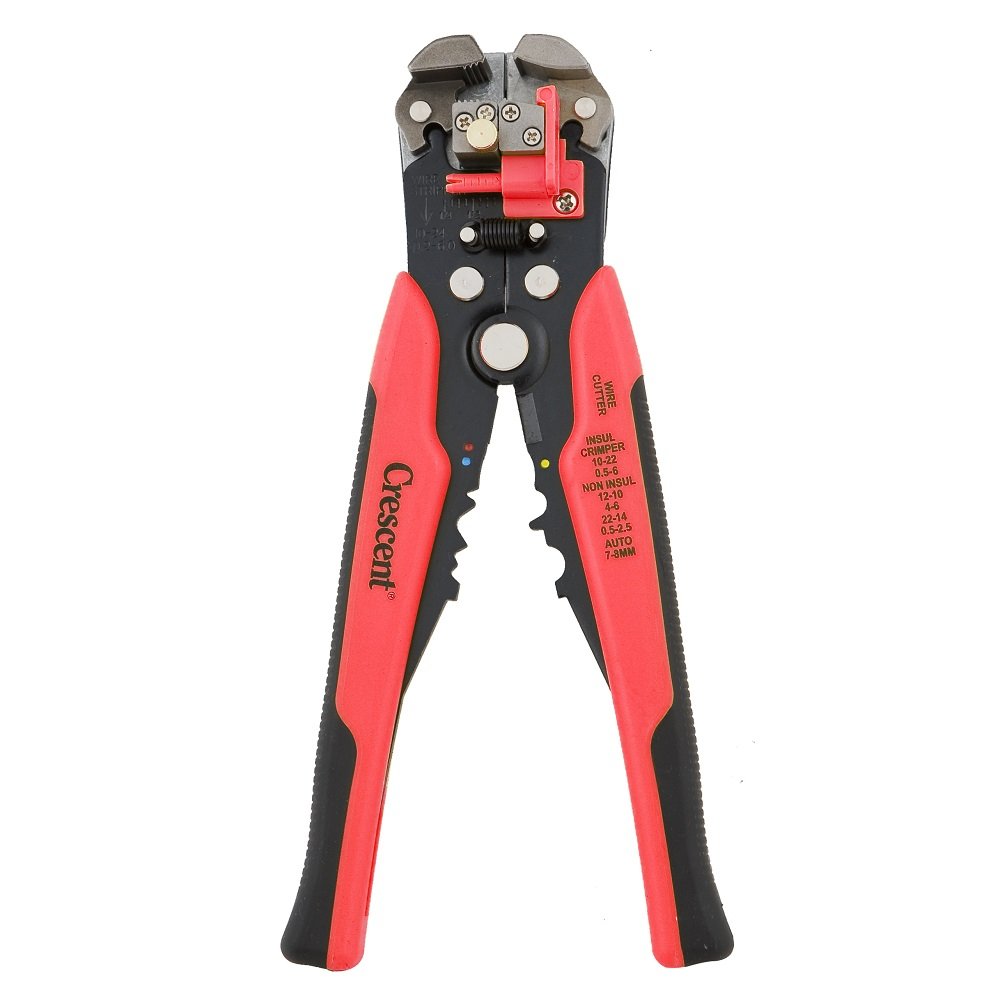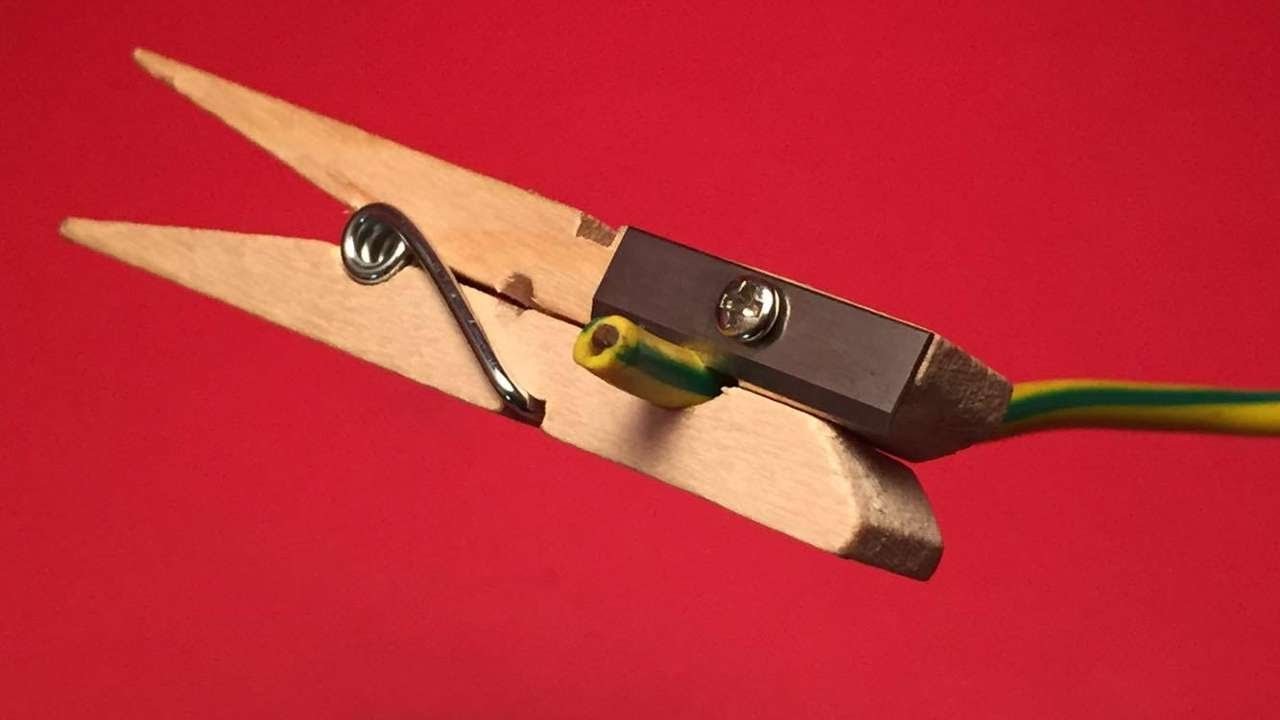

The simplest technique to create a high-quality exposed conductor is to use appropriately sized equipment, and many wires must be gauged. The machinery used to create a stripped wire greatly impacts its quality. Remove the insulation from the wire with a slug remover. The stripper will cut through the wire insulation as you slowly press the handles together. If you choose a hole smaller than the wire gauge, you risk nicking the wire and compromising it. This step is crucial because if the hole is larger than the wire gauge, the insulation will not be completely cut, and stripping will be difficult. The wire gauge must then match the matching hole on the wire remover. b) Make Sure the Wire is the Right Length for the Tool It’s also important to know if the wire is solid or stranded. The gauge will be given a numerical value. This information is printed on the insulation. To begin, determine the gauge of the wire is stripped. Smaller wires can be stripped using a sharp knife, but wire strippers, as a specialized tool, are significantly safer and reduce the chance of injury. Wire stripping is a necessary and routine task for electricians and engineers, but safety is paramount, as with any electrical equipment task.
#USING WIRE STRIPPERS MANUAL#
Some Different Types of Manual Wire Strippers 1) Adjustable Strippers Electricians normally have a variety of wire stripping, cutting, and crimping equipment, but wire strippers like the one pictured above are the most prevalent among them. Wire strippers differ primarily in terms of the wire size they can handle and the additional tool functions. Extra-large commercial-grade wire can be stripped with power strippers. Self-adjusting strippers can strip practically any size wire without selecting a specific slot or making other changes.Ĭoaxial wires require a special type of stripper. Some wire strippers can be set to repeatedly strip the same size of wire, which can save time. Models differ in terms of capabilities and specializations. Desktop laser wire strippers are the most common. A separate laser can be used to cut the cable if it has any metal shielding. The tool’s laser radiation vaporizes the insulation material, but the interior components are extremely reflecting and thus unaffected by the standard beam. This could include cabling with a very small diameter, extremely robust insulation material, or unique cabling, such as cabling for medical equipment. Steel thickness 2.5mm.ĭifferent cutting capacities available on request.Laser wire stripping tools are a high-end alternative to traditional insulation removal options when highly accurate work is required.

Wire stripper for diameters from 1.3mm to 1.8mm (16-13 awg).įixed wire stripper for diameters 0.32÷0.51mm (28-14 AWG). Flat and lightweight, it can be easily carried in one’s pocket. SF-40-2 is a reliable tool, easy to handle and very fast to use. Recommended for electronics applications. Wire stripper for diameters from 0.25mm to 1mm (30-18 awg). SF-40-1 is a reliable tool, easy to handle and very fast to use. Wire stripper for diameters 0.20÷0.64mm (32-22 AWG) fitted with an elastic part that enables the stripping of the insulating cable sleeve without damaging the conductor wires.Īlso available in ESD-safe version. Pulling action stripper for cables Ø 1.6mm. Pulling action stripper for cables Ø 1.0mm. Pulling action stripper for cables Ø 0.8mm. Pulling action stripper for cables Ø 0.6mm. PST is available in 5 versions: PST 0.5 - PST 0.6 - PST 0.8 - PST 1.0 - PST 1.6 Lightweight, inexpensive and rapid to use. Pulling action stripper for cables Ø 0.5mm. Wire stripper with double function, as shown in the figure:ġ) Wire stripper for the outer sheath (from Ø 4 to 10mm - 6-000 awg): insert the cable into one of the frontal holes, press and turn the tool 90° and then pull back.Ģ) Wire stripper for the internal wires (from Ø 0.8 to 2.6mm - 20-10 awg): insert one of the internal wires into one of the appropriate side holes, press and pull back. If needed, repeat this operation several times while turning the wire.
#USING WIRE STRIPPERS HOW TO#
How to use it: Insert the wire between the 2 jaws up to the point where one wishes to strip and then pull back the tool. Coaxial cable stripper with double function, as shown in the figure:ġ) insert the cable in the correct hole at the side, press and turn the tool 90° at the same time and pull.Ģ) insert the cable in the central hole, press and turn the tool 90° at the same time and pull.


 0 kommentar(er)
0 kommentar(er)
